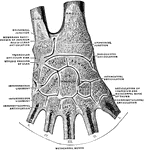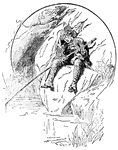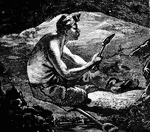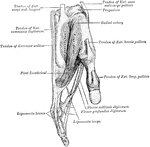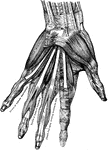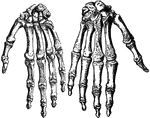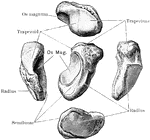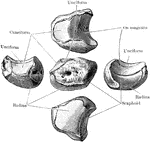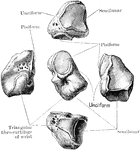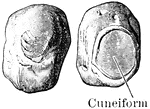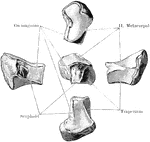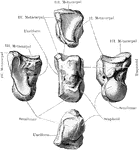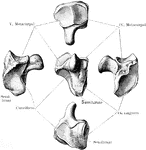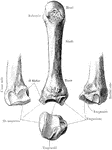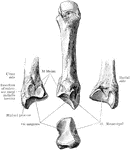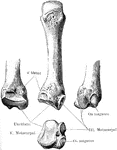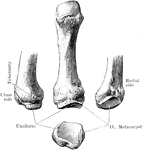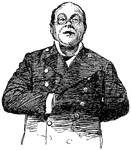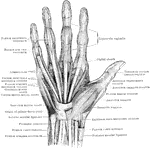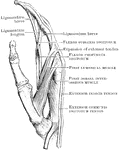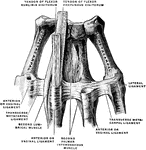
Bones of the Hand
Metacarpal bones and first phalanges of the second to the fifth of the right hand, with ligaments, from…
Metacarpal and Phalanges of Finger
Metacarpal bones and first phalanges of the third finger of the right hand, with ligaments, from the…

Fisherman
An African American adult male standing in tall grasses holding a fish on one hand and his hat in another.

Field Hand
An illustration of an African American slave who is employed as a field hand, notice the basket balancing…

Man with Cane
An illustration of an elderly man holding his cane in one hand and his hat in the other.
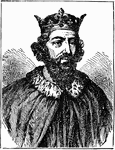
Alfred the Great
Alfred the Great (c. 849 – 26 October 899) was king of the southern Anglo-Saxon kingdom of Wessex…
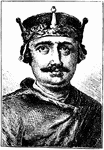
William Rufus
William II (c. 1056 – 2 August 1100), the third son of William I of England (William the Conqueror),…
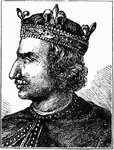
Henry the First
Henry I (c. 1068/1069 – 1 December 1135) was the fourth son of William I the Conqueror, the first…

Henry II
Henry II of England (5 March 1133 – 6 July 1189) ruled as King of England (1154–1189). Henry…
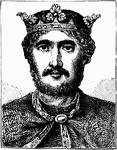
Richard I
Richard I (8 September 1157 – 6 April 1199) was King of England from 6 July 1189 until his death.…
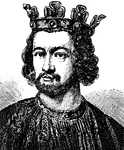
King John
John (24 December 1167 – 19 October 1216) reigned as King of England from 6 April 1199, until…
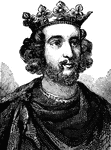
Henry III
Henry III (1 October 1207 – 16 November 1272) was the son and successor of John "Lackland" as…

Simon de Montfort
Simon de Montfort, 6th Earl of Leicester (1208 – August 4, 1265), was the principal leader of…
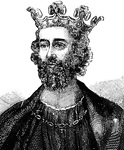
Edward II
Edward II, (April 25, 1284 – September 21, 1327?) of Caernarfon, was King of England from 1307…

Richard II
Richard II (6 January 1367 – ca. 14 February 1400) was King of England from 1377 until he was…
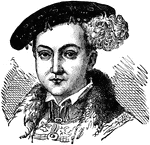
Edward VI of England and Ireland
Edward VI (12 October 1537 - 6 July 1553) became King of England and Ireland on 28 January 1547 and…
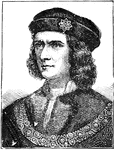
Richard III of England
Richard III (2 October 1452 – 22 August 1485) was King of England from 1483 until his death. He…

Henry VII of England
Henry VII (January 28, 1457 – April 21, 1509), King of England, Lord of Ireland (August 22, 1485…
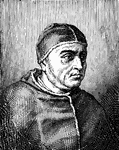
Pope Leo X
Pope Leo X, born Giovanni de' Medici (December 11, 1475 – December 1, 1521) was Pope from 1513…
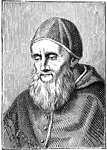
Pope Julius II
Pope Julius II (5 December 1443 – 21 February 1513), born Giuliano della Rovere, was Pope from…
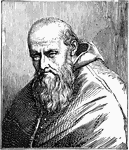
Pope Paul III
Pope Paul III (February 29, 1468 – November 10, 1549), born Alessandro Farnese, was Pope of the…
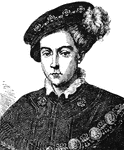
Edward VI of England
Edward VI (12 October 1537 – 6 July 1553) became King of England and Ireland on 28 January 1547…
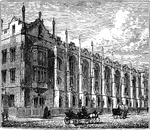
Edward VI's School at Birmingham
King Edward's School is an independent secondary school in Birmingham, England, founded by King Edward…
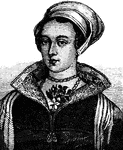
Lady Jane Dudley
Lady Jane Grey (1536~1537 – 12 February 1554), also referred to as Queen Jane, a great-niece of Henry…
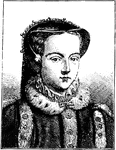
Queen Mary Tudor
Mary I (18 February 1516 – 17 November 1558), was Queen of England and Queen of Ireland from 19…
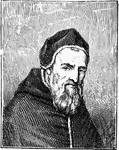
Pope Sixtus V
Pope Sixtus V (December 13, 1521 – August 27, 1590), born Felice Peretti di Montalto, was Pope…

James the First
He ruled in Scotland as James VI from 24 July 1567, when he was only one year old, succeeding his mother…

Muscles and Nerves of the Forearm
The muscles and nerves on the front of the forearm and hand. The pronator radii teres, flexor carpi…

Palmar Interosseous Muscles of the Hand
The palmar interosseous muscles of the hand. Labels: P1, first; P2, second; and P3, third palmar interosseous…
